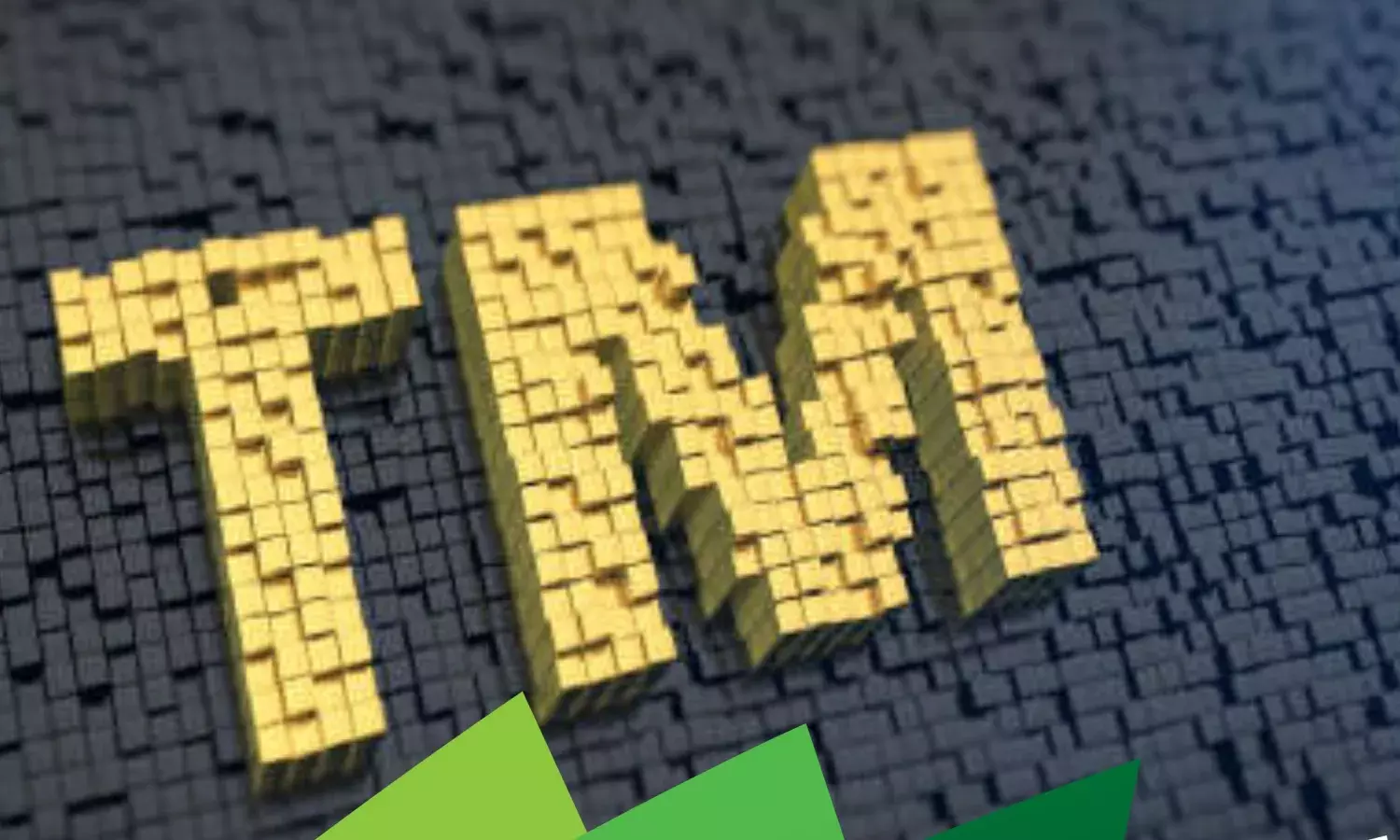Shaping Up Trademark Laws A Good Sign?

SHAPING UP TRADEMARK LAWS A GOOD SIGN? Going forward, businesses should foremost consider whether the shape that they intend to use or register falls within the absolute grounds of refusal On 27 December 2019, Malaysians embraced the country's new Trademarks Act 2019 ("the Act" or the "2019 Act"). Aside from being hailed as the Act that sets in motion the nation's acceptance of the...
SHAPING UP TRADEMARK LAWS A GOOD SIGN?
Going forward, businesses should foremost consider whether the shape that they intend to use or register falls within the absolute grounds of refusal
On 27 December 2019, Malaysians embraced the country's new Trademarks Act 2019 ("the Act" or the "2019 Act"). Aside from being hailed as the Act that sets in motion the nation's acceptance of the Madrid Protocol, the Act gives an express nod to unconventional marks, a marked departure no doubt from the repealed Trade Marks Act 1976 ("the repealed Act").
The definition of trademarkable marks under the repealed Act for example did not expressly provide for the registration of shapes. Over these past many years, the position adopted by the Registry towards shapes as registrable trademarks had not been consistent. There were instances when shapes were successfully registered as trademarks; whilst others were rejected plainly on the basis of their being shapes. From the Registry's point of view, such a position is understandable. Trademarks in many respects are deemed as a means for businesses to perpetuate their usage monopoly in the course of business, to the exclusion of all others. For as long as they are diligently renewed every 10 years, and barring any challenges by aggrieved parties in Courts, these trademarks may be seen as one of permanence (and thus an asset) for the business. The arguments of the skeptics include one where shapes, especially the ones that encapsulate the entire product of a particular business, are hardly perceived by consumers as source identifiers and cannot thus be viewed as trademarks applied to products but rather the products themselves. Because of the practically perpetual monopoly that a registered trademark proprietor could enjoy, skeptics are concerned, rightly, that protection of shapes as trademarks could be used as the back door entry to gain perpetual protection for shapes which rightly fall under other ambits of IP protection such as patents, copyright or registered designs with limited years of exclusivity. Further, shapes which are intended to prevent competitors from offering their products that incorporate similar technical solutions or functional characteristics should not be allowed registration. It is thought that the better avenue of addressing the latter is perhaps, via patent protection regime which is governed by its own policy consideration that led to the setting of a certain standard for protectible inventive functional rights. In addition, shapes which are purely aesthetic in nature are viewed with caution vis-à-vis their registrability as trademarks as it is thought that the same ought to be left for registered design protection regimes to regulate.
Since the coming into force of the 2019 Act, no less than 100 trademark applications had been filed with the Registry to register shapes. With the new introduction of trademarkable signs under the new Act, many had been optimistic about the future treatment of this unconventional sign. The arguments on the converse side from the skeptics is that, the express recognition given to shapes by the Act signifies a timely cognizance of the law trying to stay relevant and attuned with business realities. Gone were the days where businesses were strictly reliant on word marks or logos or two-dimensional devices as their source identifiers. In the recent past, especially with globalization that drives greater competition on a general basis, businesses have tried out various creative means of staying at the forefront or relevant in their respective industries. That said, not all businesses are reliant on shapes as their source identifiers. Car industries, for example, could well be said to rely on shapes as a means of gaining consumer attention. In the case of DaimlerChrysler, the Court had taken into account the fact it was common to distinguish such goods not only by word marks, but also by other means to enable the public to identify the goods visually. The same may not be the case for other industries, such as, food.
Yet the elephant in the room is, are all shapes open for "grabs" to businesses? Whilst the Act in many respects appears promising, the law in general seems to strike the right balance as to the extent of protection given to this type of unconventional marks. Under section 23(3) of the Act for example, the Registrar shall refuse to register a sign as a trademark if a sign consists exclusively of:
(a) the shape which results from the nature of the goods themselves;
(b) the shape of goods which is necessary to obtain a technical result; or
(c) the shape which gives substantial value to the goods.
These grounds are absolute grounds for refusal of registration, regardless of the product's ability in meeting the distinctiveness threshold under other provisions of the Act. This would mean that any shape that falls within any of these grounds would be denied trademark registration without any consideration being given to the extent of use for instance. Even if allowed, such registration may be declared invalid upon the application by an aggrieved person. Upon such declaration, the registration shall to that extent be deemed never to have been made although it would not affect transactions past and closed.
The underlying rationale for section 23 of the Act is largely the voice of the skeptics earlier discussed. To-date, the local Court's interpretation of section 23 of the Act is very much awaited. In the absence of local case laws, guidance could be had from how courts in other jurisdictions have interpreted these parallel provisions. Across the Causeway in Singapore, the parallel section has been up for robust interpretation by the court, the latest being the Kit Kat case.
How do we move forward?
Businesses should foremost consider whether the shape that they intend to use or register falls within the absolute grounds of refusal. As Jacob LJ had summarized most succinctly in the Bongrain case, it would appear that the more fanciful a shape is, the higher the shape stands of being perceived as one that connotes some source identification. Ultimately, consumer perception does play a role in the determination of the registrability of a shape as well. Overall, it is the authors' views that the preparedness by Act in recognizing shapes as trademarks, robust arguments notwithstanding, is a step forward and a sign of better times ahead.
Disclaimer – The views expressed in this article are the personal views of the authors and are purely informative in nature.





